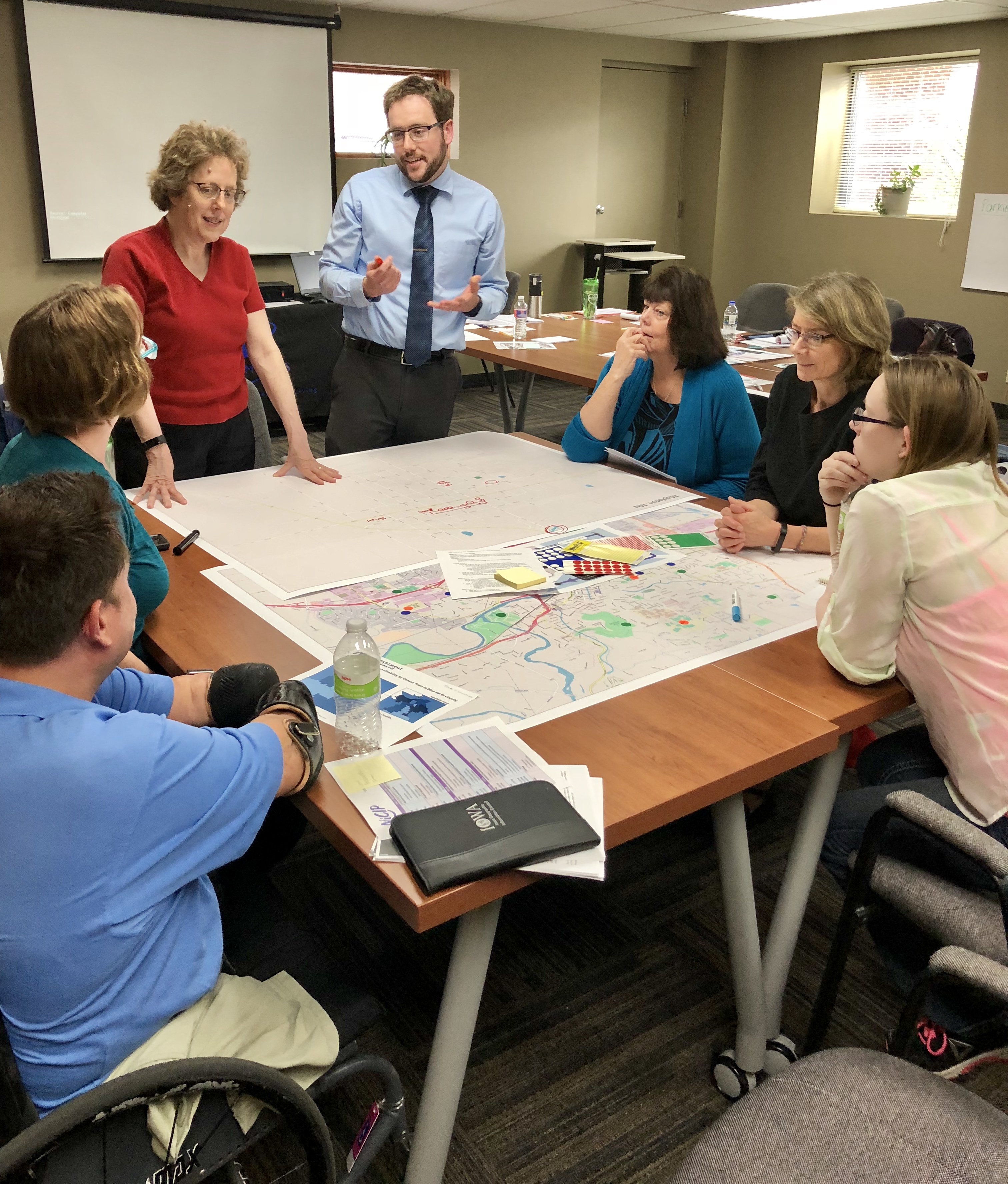By: Teneasha Washington
Health care providers oftentimes have limited time to consult with their patients, so identifying the most effective means of education is imperative. Additionally, medical school curriculum is limited in its focus on individuals with disabilities, making encounters uncomfortable and/or unexpected. As we looked through the literature, some novel interventions have shown significant advancements in educating health care professionals about disability. Common approaches include the following:
- Interactions with patients, standardized patients, and/or advocates
- Clinical exercises
- Lectures by faculty or staff
- Interactions during visits or placements in community settings
- Simulation exercises
- Lectures by individuals with a disability or their family members
Tips to remember when providing education via interactions with patients, standardized patients, and/or advocates
Encountering patients with disabilities can be intimidating initially for students and seasoned health care providers; however, it can help with promoting the benefits of inclusion and accessibility at the onset of trainings. Some potential examples of success include:
- Students and seasoned health care providers who have prior interactions with individuals with disabilities report increased comfort levels.
- Successful methods also include allowing novices to interact with individuals with disabilities in a supervised setting to ease comfort levels.
- This method can also be combined with other education methods such as the development of toolkits and workshops led by individuals with disabilities.
Providing education via clinical exercises
Clinical exercises that expose students to individuals with disabilities at the onset of their education are essential to inclusive health care. Skills developed are transferable to other forms of care as well. Clinical exercises in school settings or within hospital settings for novices and more experienced health care professionals can be beneficial. These methods have shown to be successful in reducing stigma associated with individuals with disabilities as well as decreased feelings of pity and frustration.
Providing education via lectures by faculty or staff 
Lecturing about disability for a specified period of time may not be sufficient to change attitudes, promote knowledge retention, or develop the necessary skills when interacting with someone with a disability.
- It may be more effective to combine traditional lectures with experiential learning that incorporates some form of reflection as well as computer-based trainings for students and/or staff.
Providing education via interactions during visits or placements in community settings
Trainings that allow students and/or staff to interact with staff at care centers that primarily serve individuals with disabilities has been successful in promoting reflection and identifying areas of improvement in skills. They have also been beneficial in promoting improved communication and interactions with individuals with disabilities as well as other health care professionals who may have insight into lessons learned when working with individuals with disabilities.
Providing education via simulation exercises
Simulation exercises allow students and staff to engage in inter-professional learning activities that promote real life scenarios consistent with the needs of inter-disciplinary teams when working with some patients with disabilities. Some effective strategies include:
- Curricula that promoted humanities have been suggested to broaden education awareness of individuals with disabilities.
- Reflective writing and activities that promote improved listening skills.
Providing educations via lectures by individuals with a disability or their family members
This can be a very effective means of education. These types of sessions have been deemed more impactful and memorable overall due to the lived and personal experiences shared. Some examples of ways to incorporate this type of learning in a classroom or clinical settings include:
- Engaging with individuals with disabilities and/or family members that promote effective communication.
- Providing seminars on inclusion where individuals with disabilities serve as the lecturer and present a topic related to inclusion and equity.
